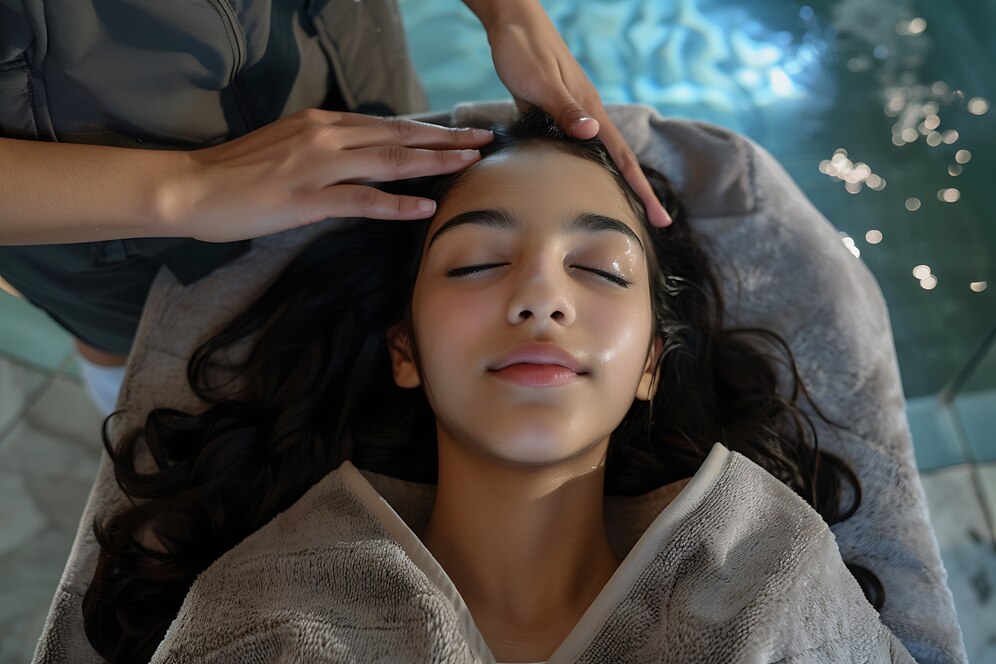rachansingh8@gmail.com
+91-9319454789
Stretch Mark Treatment
Our Services
Book an Appointment
Review Form
Copyright © 2025 Dermanation Clinic. All rights reserved. Design By Menalwell Tech Pvt Ltd




